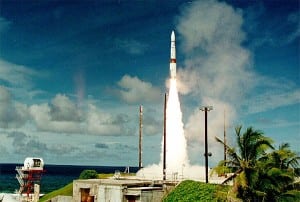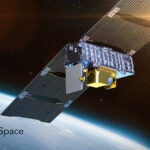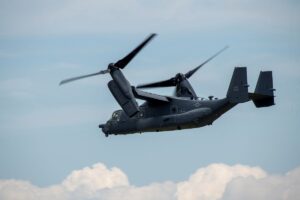
Boeing [BA] said Thursday it is teaming up with General Atomics and Aerojet Rocketdyne [AJRD] in its bid for the Next Generation Interceptor (NGI) for the Ground-based Midcourse Defense (GMD) system. Boeing also said Northrop Grumman [NOC] will serve as a component supplier on the Boeing-led team. The Missile Defense Agency’s NGI program will replace the Redesigned Kill Vehicle (RKV) that the Defense Department canceled last year due to significant technical issues causing schedule and cost increases (Defense Daily, Aug.…

 By
By 











